Of Wine and the River
A Quick and Relaxing Riverside Getaway to Legendary Napa, (Mostly) Sans Wine
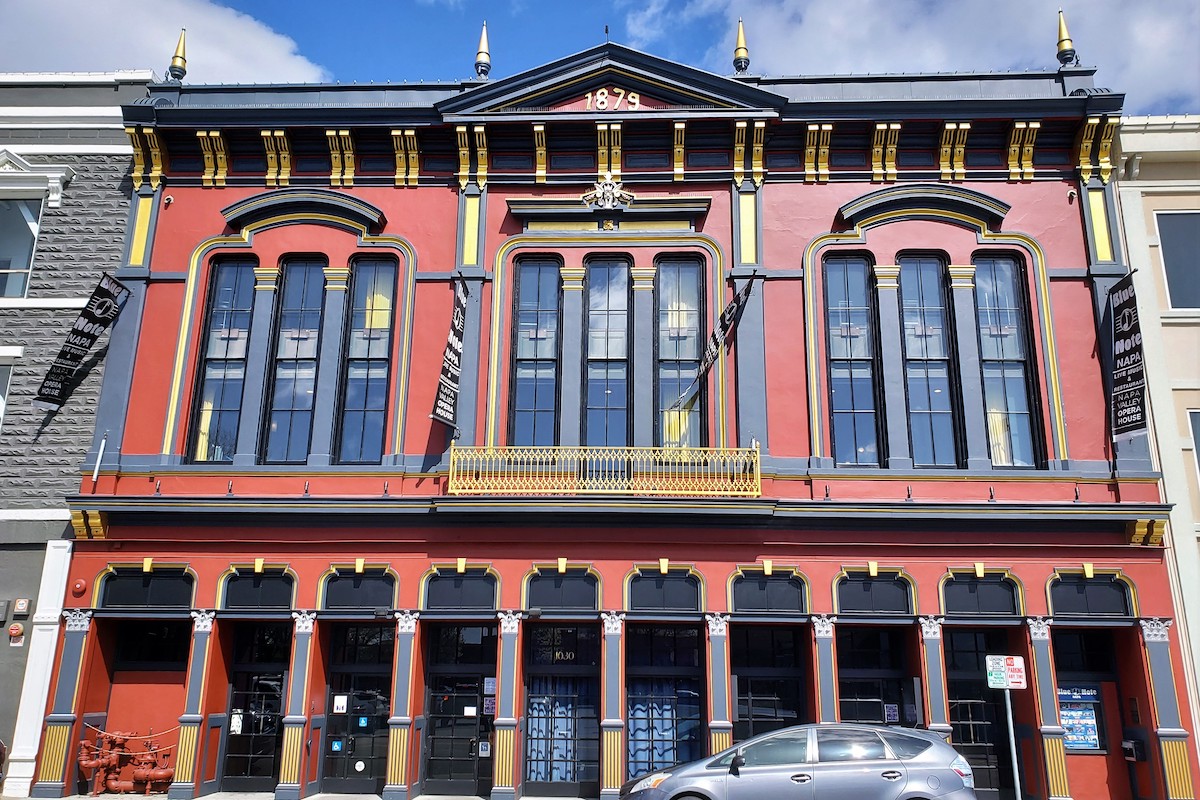
When, for whatever reason, we decided to aim a “get out of Dodge” scheme towards the Napa Valley recently, it never dawned on us that a fitting theme song for the trip would be “Take Me to the River.” But there it was, an apt anthem for a journey which found us in the dreamy riverfront escape zone of the Milliken Creek Inn Resort. A beautiful and categorically relaxing property, its repurposed structures designed with a rustic elegance, this special spot is nestled right up against the namesake Milliken Creek tributary of the Napa River, just past the lazy protected acreage of the Oxbow Preserve as you head out of town on Silverado Trail.
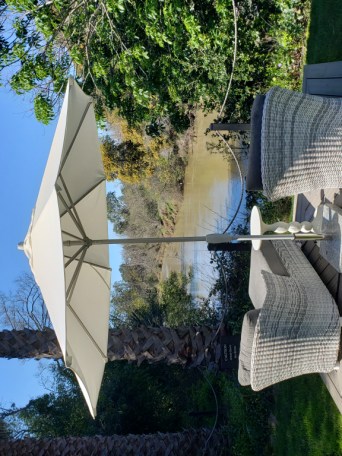
Lounging on lawn furniture between our patio-bedecked Brookwood room and the gently flowing river or taking in a lavish happy hour spread of wine and cheese and such with a river view below, it was easy to access the thought “we’re not in Napa anymore.”
The Inn is situated just far enough from downtown to feel both semi-remote from and easily accessible to Napa proper. It is part of a large collection of historic, old, and intimate hotels and B&Bs, blissfully off the usual lodging radar, in the “Four Sisters Collection” group around California.
Like Santa Barbara, Napa is heavily reliant on the tourist town influx, and with deep roots in the world of the vines — with special emphasis on attractions for serious oenophiles, wealthy winos, and connoisseurs-in-training. But it is possible to redirect your attention to this unique small California town’s historical character, and other non-alcoholic diversions and enticements.
One of the travel concepts for this trip was about the iconoclastic mission of “doing” Napa sans wine, or at least mostly wine-free. Although this may seem akin to doing Vegas without gambling, doing the Vatican with no papal accouterments or Sistine Chapel-gazing, or doing Santa Barbara minus beachgoing, the concept is not only doable, but a rewarding adventure into non-alcoholic diversions and side trips.
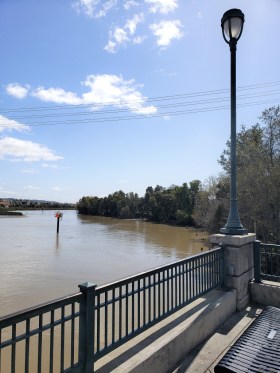
The river story in Napa, itself, makes for one of the unexpected pleasures in this wine-centric landscape. The riverfront promenade — “a river in the heart of downtown” — makes for a pleasant, lilting stroll on the waterfront, developed over the past two decades on a river which has been a source of flooding in the past and which connects Napa to the San Francisco Bay. The walk leads past new developments, commercial and residential, but recedes in history as you go, leading to the old Napa Mill area and restaurants such as the classic — and proudly yellow — Angele Restaurant & Bar and the Napa General Store.
A performing arts center in the Napa Mill area also features Alan Shepp’s mosaic Ars Longa Vita Brevis (Life is Brief but Art Endures), relaying the deeper history of Napa, pre-European infiltration. For another nod to native American roots, head downtown to the visitor center, where the towering metallic sheen of sculptor Gordon Huether’s “The Basket” pays centrally-located homage to the craft skills of original Napa people. Among the indigenous tribes were the Wappo, Patwin and Coast Miwok.
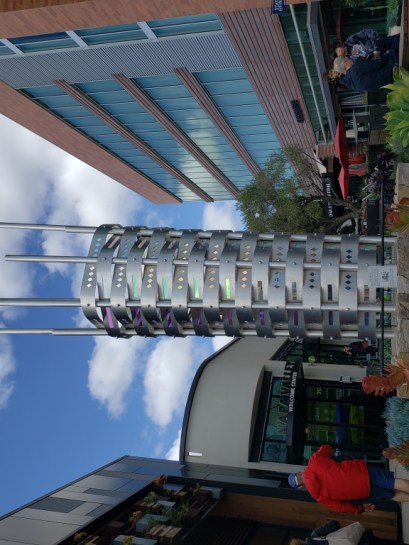
For a quick and revealing walking tour of historic hot spots in Napa, start at the opera house. The Napa Valley Opera House, which opened in 1880 to the tune of Gilbert and Sullivan’s HMS Pinafore, stands in its bracing brick façade glory on Main Street. Knocked out of commission from damage caused by the 1906 San Francisco earthquake, the structure fell into disuse and random commercial uses before a renovation revived its cultural function and original grandeur. Michael Dorff (of Knitting Factory fame) opened the City Winery 300-seater here for about a decade starting in 2014, but presently, the Blue Note showcase club franchise has taken root in the storied building.
Strolling for a several-block walk, we popped in for a coffee bolster and a tartine at Monday Bakery & Café. Refortified, we took in the architectural antiquarian architectural delights of the Art Deco, 1937-vintage Uptown Theatre, a block away from the expansive and spire-equipped First Presbyterian Church, established in 1854.


Another beacon of historical preservation and respect for civic heritage is the Goodman Library, built in 1901, and now the Napa Historical Society and Library. In front of the building this early spring afternoon, a duo of old fellows, on trumpet and a Stratocaster, played white bread hits from the Boomer heyday, including the psychedelic ear candy of John Fred & His Playboy Band’s “Judy in Disguise (with Glasses).” History comes in layers.
History-hopping can also yield some de-scrumptious Mexican cuisine in the case of La Cheve restaurant, a lunch staple in Napa, housed in the oldest existing building, the Cayetano Juárez Adobe. Birthdate: 1945.
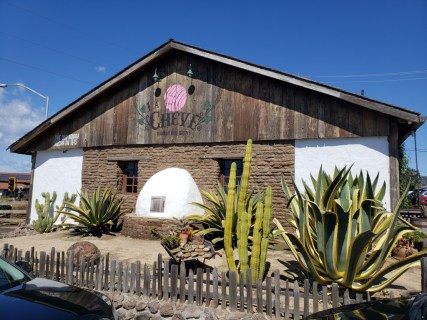
A short drive from downtown, the Oxbow Preserve is a mellowing agent of a spot, a patch of wooded nature with a river trail walk acquired by the city of Napa in 2004, just outside of town and cradled by a nook in the Napa River. For a pinch of the surreal, a life-size metal replica of a rhinoceros sits in an adjacent yard, an eccentric owner’s prerogative.
The term “Oxbow” is better known as the magnetizing site and spread of the Oxbow Public Market, a rambling collection of farmers’ market and food vendors, eateries and hang zones — think Santa Barbara’s Public Market writ larger.
After just-shy-of-fine dining on artisanal Americana cuisine at the Oxbow Market’s popular neighboring eatery Gott’s Roadside (chicken schnitzel on a bun for me), we settled back in the Milliken Creek Inn room, cooked up the s’mores package — supplied by the friendly concierge — on the patio firepit. A soak in the standalone soaking tub and chilling/reading/boob-tubing by the fireplace were orders of the evening’s entertainment. We were awakened by the arrival of a sumptuous pre-ordered breakfast, savored on the patio, river adjacent.


Before heading back to the 805 reality — and the Santa Barbara County reality, with her own wine region of reckoning force — we swung by the Napa Valley town of Yountville. I had Yountville on my mind, having seen a lovely, appetizing documentary The Art of Eating: MFK Fisher about food writing visionary and Yountville resident Fisher at this year’s Santa Barbara International Film Festival. A quick pit stop involved satisfying the lure of extra-good baked goods at Bouchon and at least a drive-by sighting of the epicurean epicenter that is the French Laundry.
Next time, when in Napa County: a gastronomic Laundry pilgrimage is in order, with wine attached. On this short-order trip, it was all about historical time and the river.

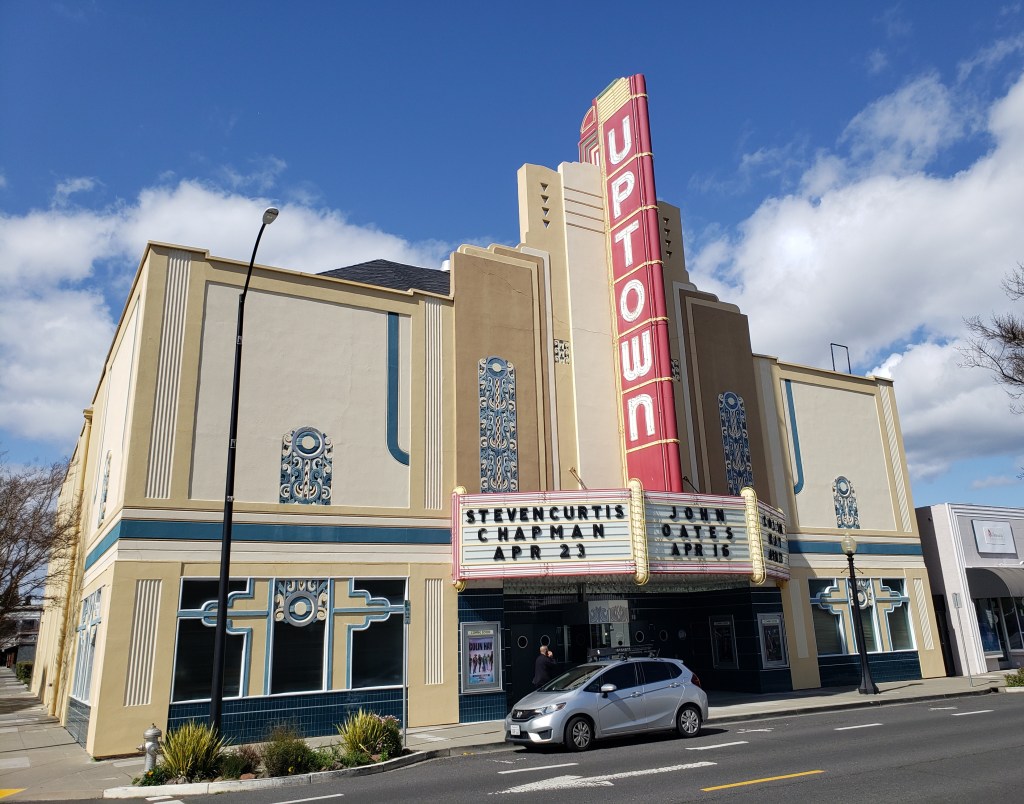
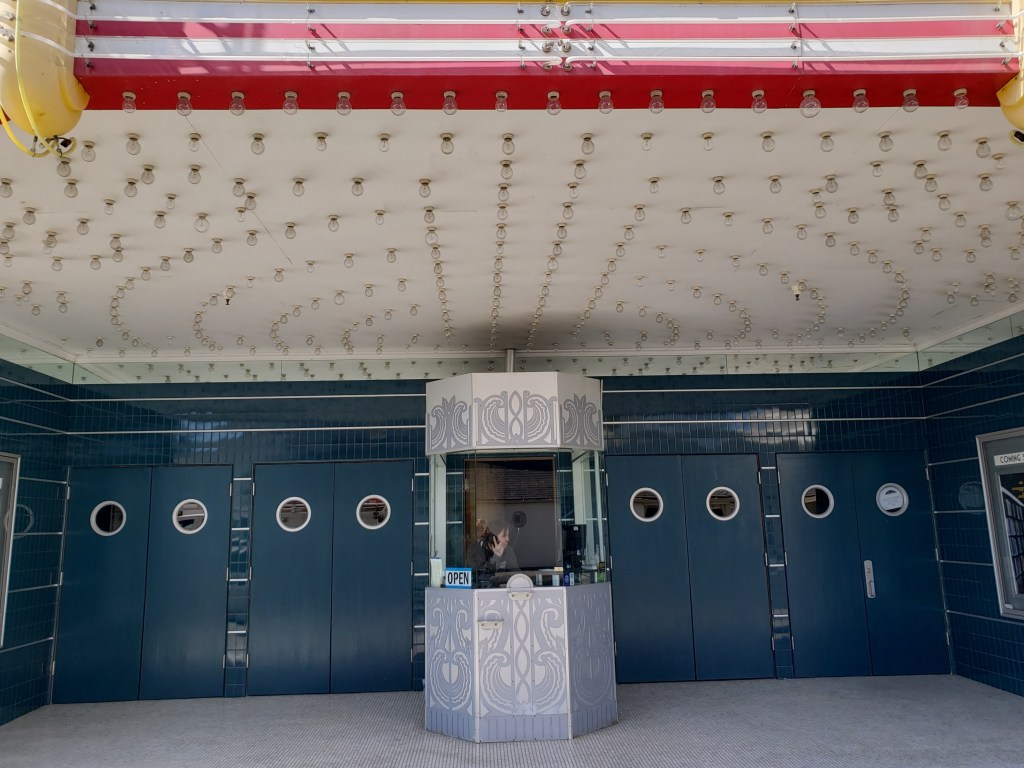
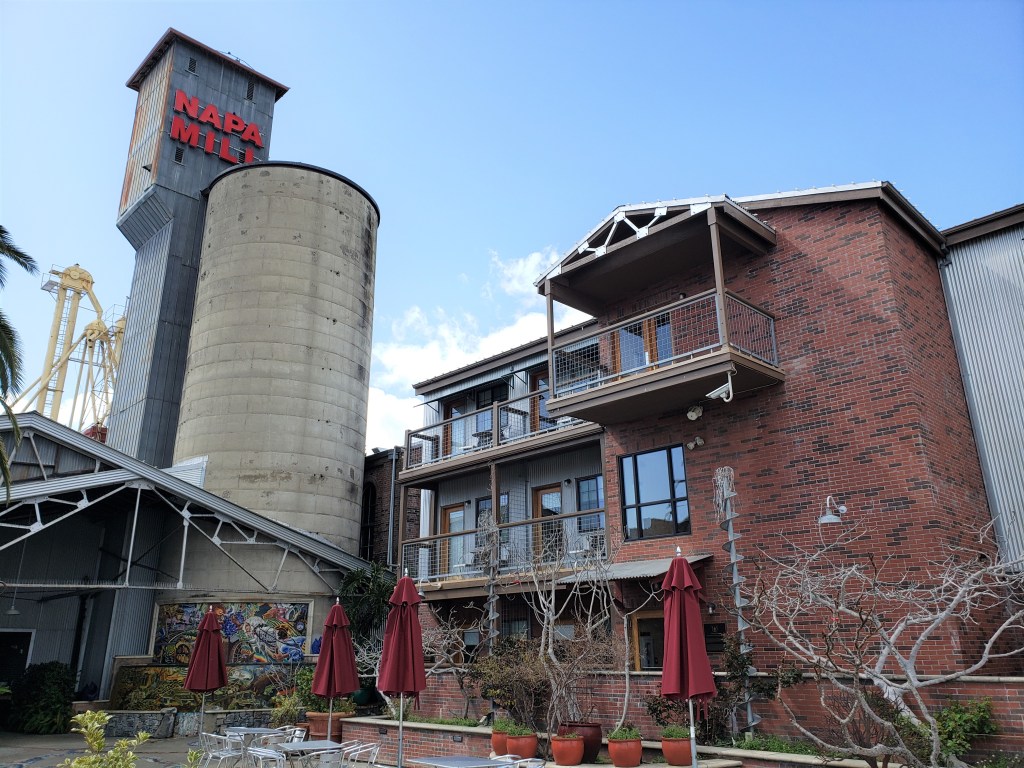
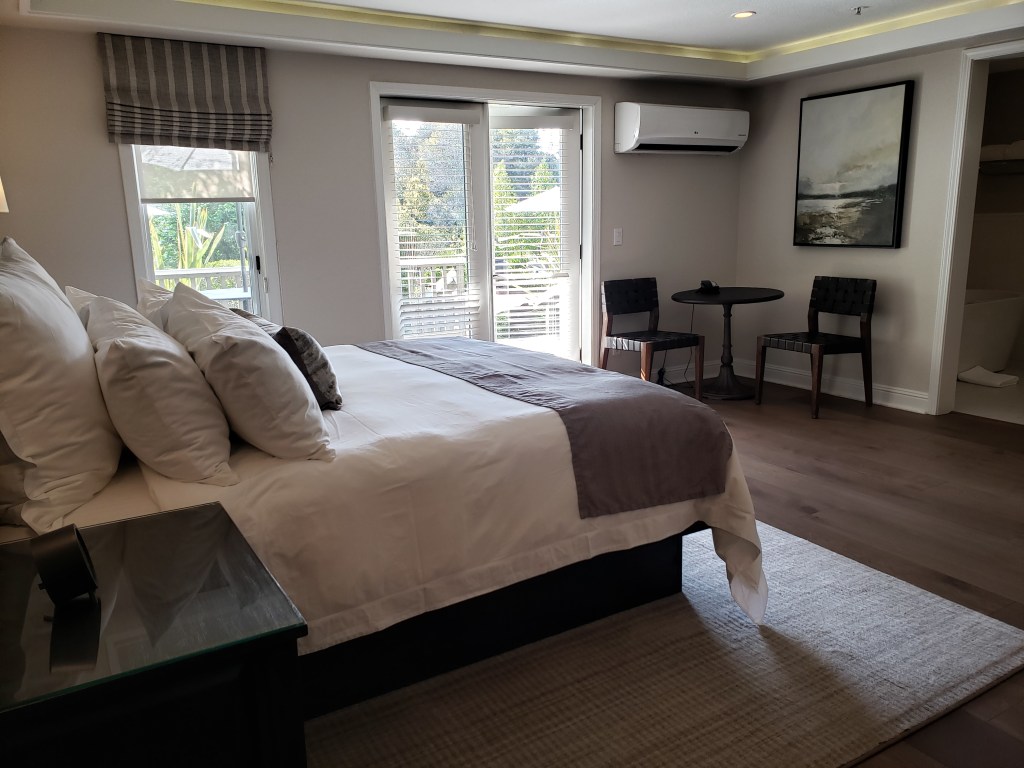
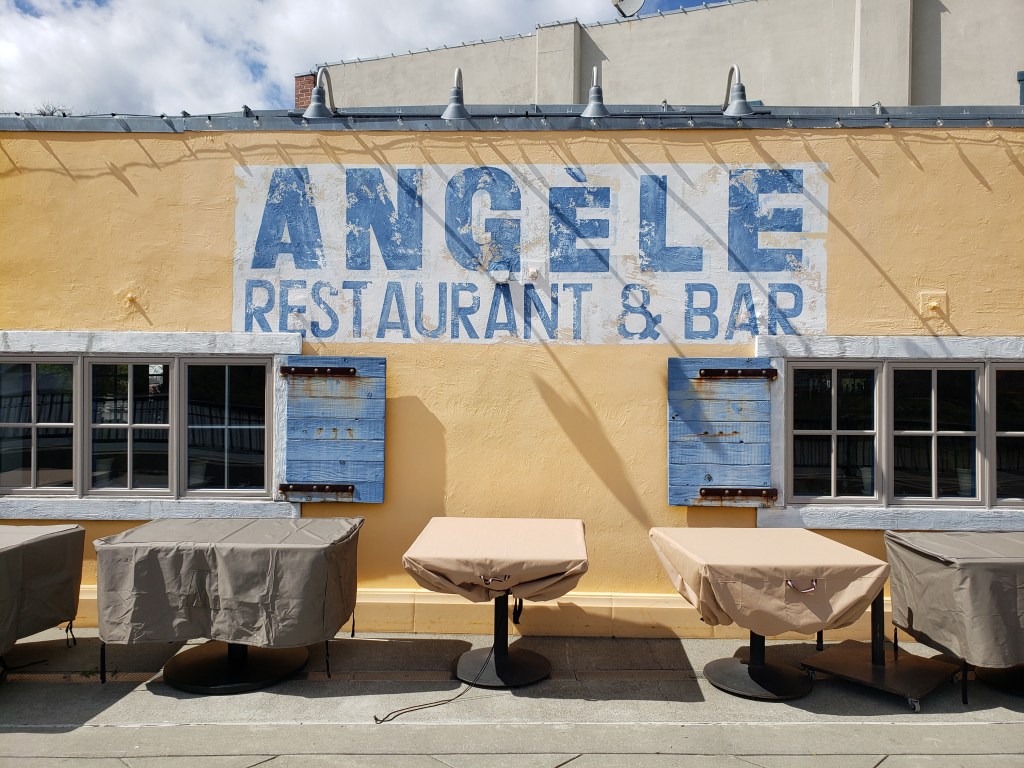



You must be logged in to post a comment.